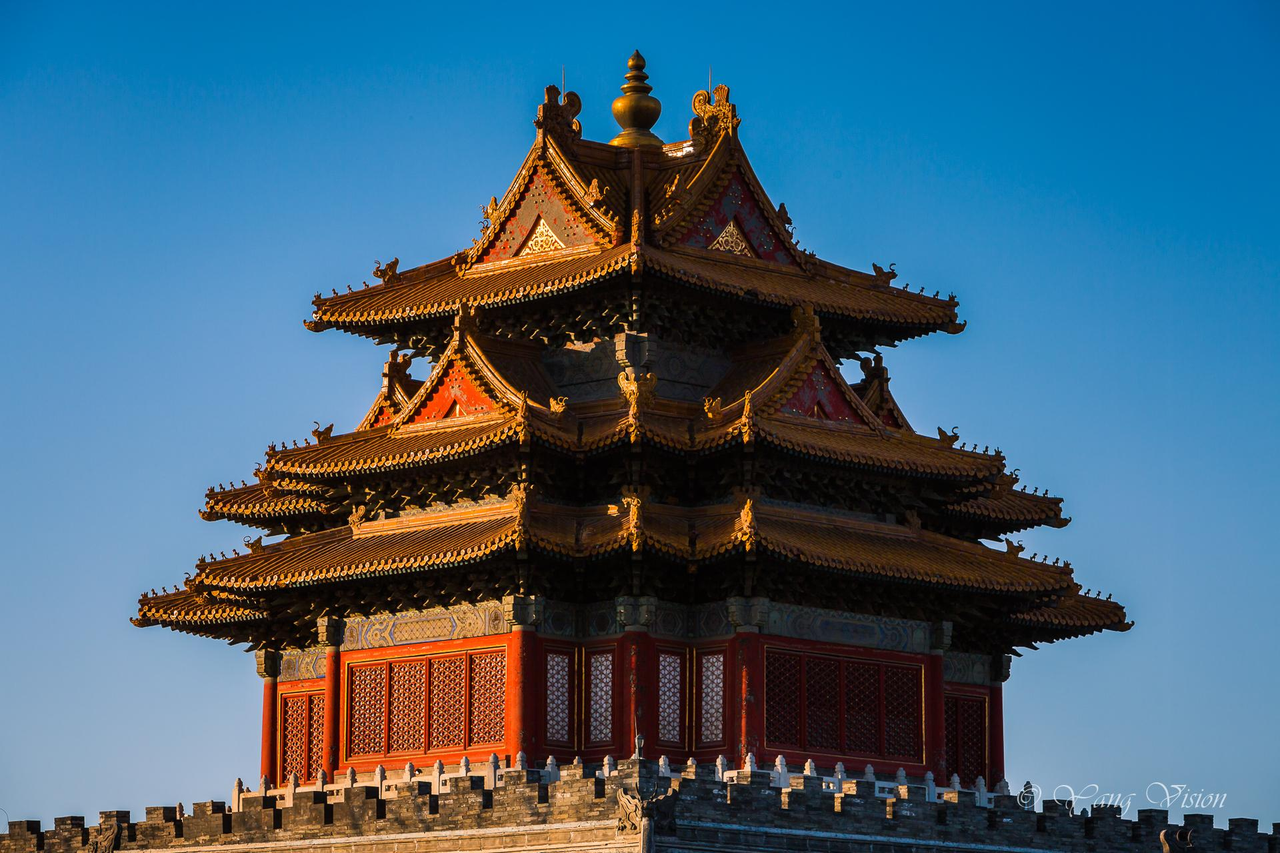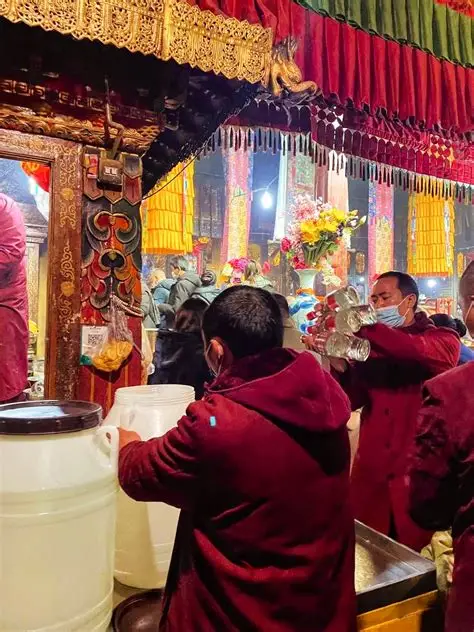The Shrine in Lhasa's Northern Wilds
After reaching the holy city at last, rigid monastic vows rose
like an invisible barrier—a female spirit could never enter Sera Monastery's sacred precincts.
Moved by her devotion and resolve, the monk knew she needed a sanctuary to
practice and accumulate merit. Thus, on Lhasa’s northern barren lands, a small
shrine emerged: the original Tsepak Lhakhang (གཙེ་དཔག་ལྷ་ཁང་, "Temple of Four Monks"), named for its founding custodians sent from Sera.
And so she received a new name: Zhaxi Lhamo — Lhamo (ལྷ་མོ་) meaning "Celestial Goddess",
marking her rebirth from vengeful ghost to divine protector.
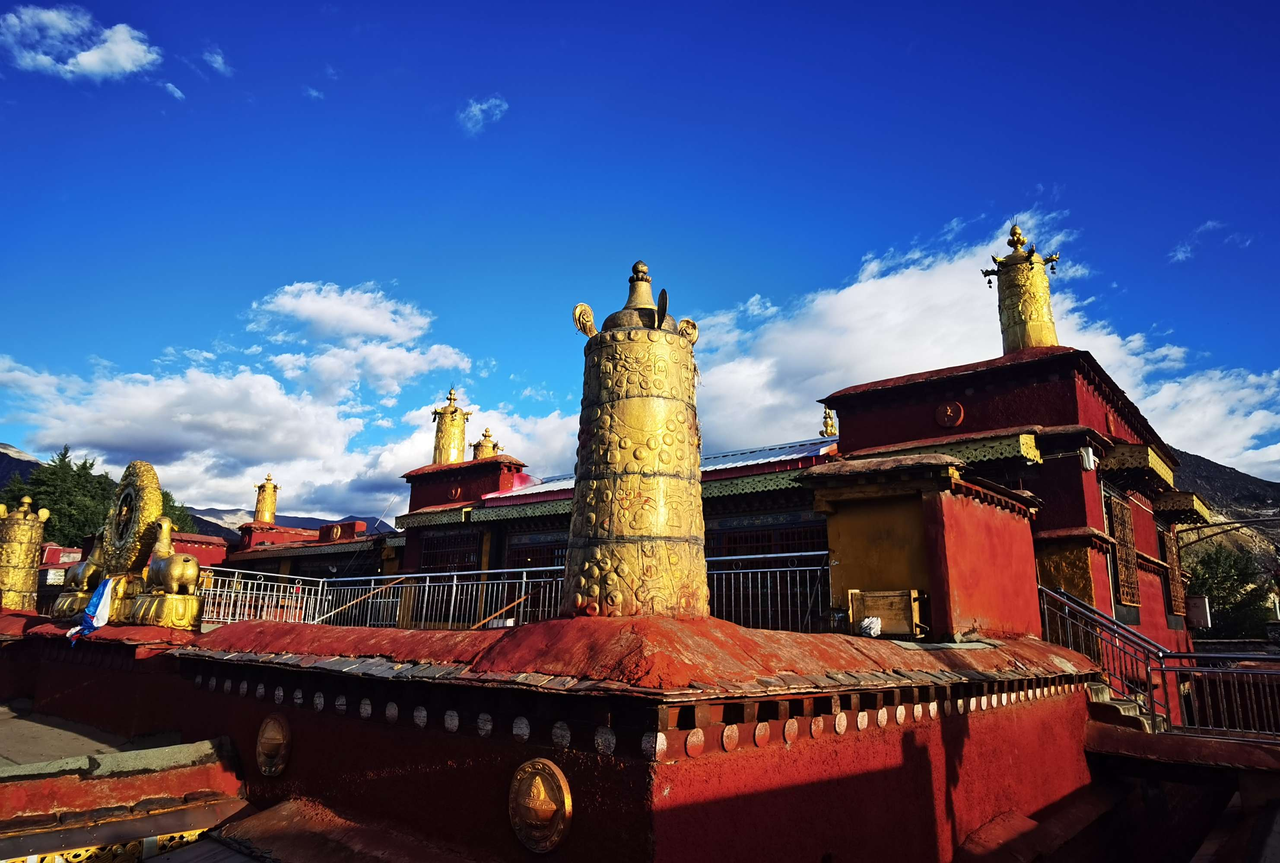
Terrifying Visage, Tender Heart
The path to becoming a local guardian was fraught with peril. Legends
recount how her unearthly beauty provoked the jealousy of Tibet’s native mountain
goddesses. An invisible battle erupted—one goddess poisoned her
secretly. Though Zhaxi Lhamo forced the venom to her tongue to survive, it remained
eternally extended: crimson and lolling. Another goddess slashed at her feet, but divine
power transformed the severed limbs into razor-sharp iron talons!
Thus, her iconography froze in this fearsome form:
- Cyanotic face (venom-curdled or wrath-stained)
- Dangling scarlet tongue
- Fowl-like iron claws for feet
Yet behold closer:
She sits crowned in gold filigree, robed in celestial brocade, enthroned beneath a jeweled
canopy. Within this terrifying visuality pulses a heart sworn to protect all beings.
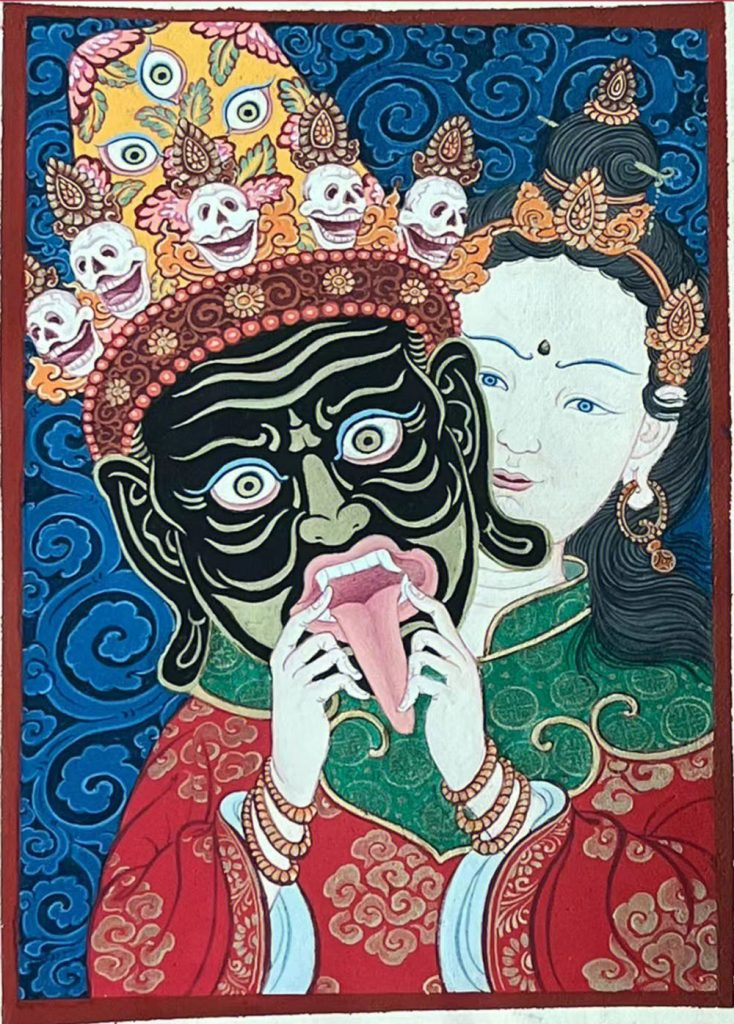
From Guardian of Sojourners to Wealth Goddess
Initially, she safeguarded Qing garrison troops and Han merchants far from their homeland in Tibet, easing
their nostalgia and ensuring safety—thus revered as "Guardian of Sojourners" .
Miracles soon unfolded: Han merchants who offered sincerely saw their commercial fortunes soar unexpectedly!
"Zhaxi Lhamo responds unerringly—supremely potent!" Word spread
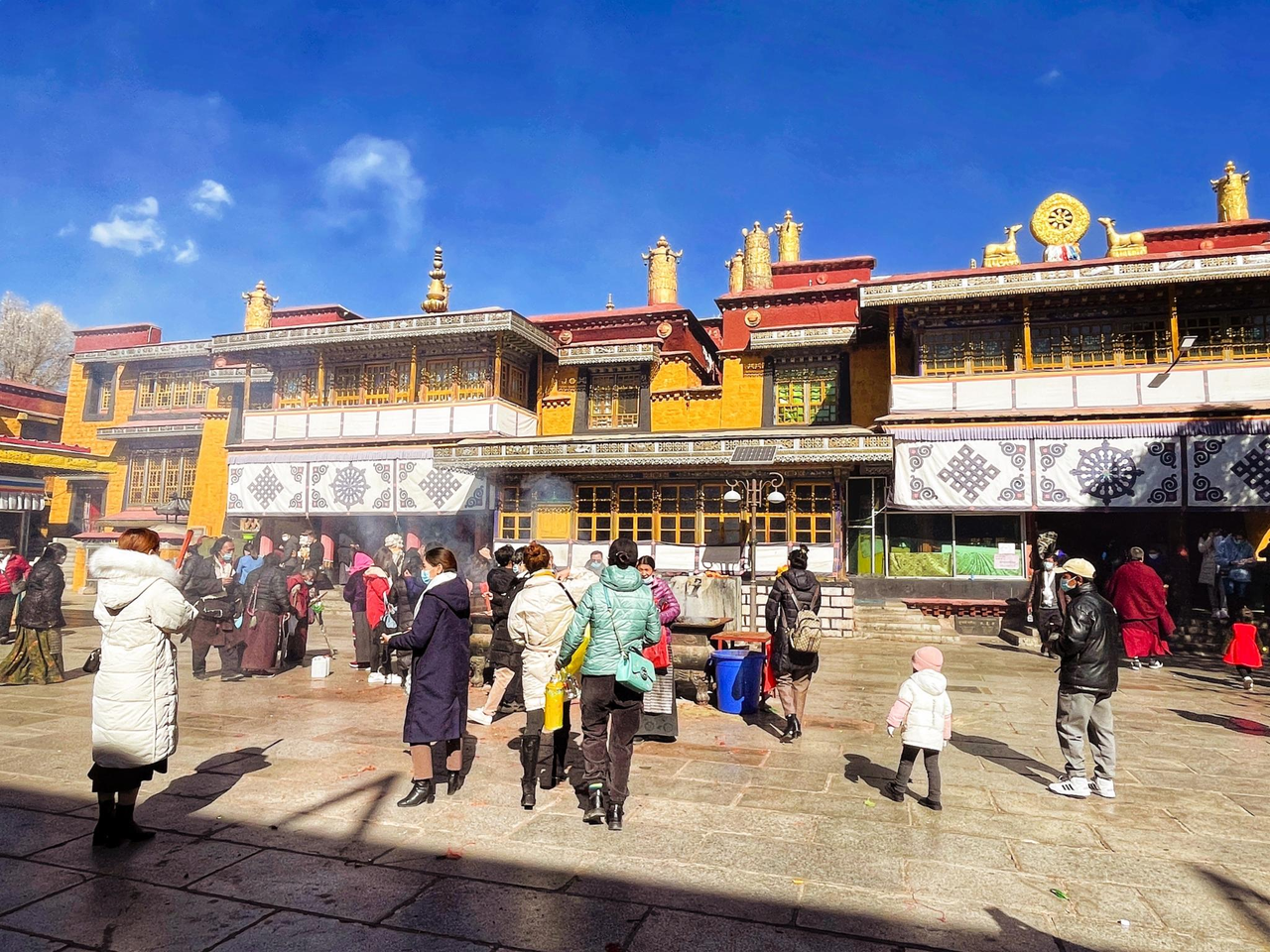
Dawn Steeped in Liquor Fragrance: The Wednesday Ritual
Why Baijiu Pervades Tsepak Temple? Legend holds this goddess cherished fine liquor in her mortal life.
Thus, devotees offer baijiu —not mere alcohol but sacramental catalyst—as their most distinctive oblation. Each morning, especially on
miracle-prone Wednesdays, serpentine queues coil outside the temple before sunrise.
Pilgrims Bear:
- White silk khata scarves (purity)
- Fragrant cypress branches (for sang smoke purification)
- Bottles of crystal-clear baijiu (essential conduit)
Monks decant the liquor into colossal bronze vessels before the shrine. As 58-proof vapors blend with chanting and prayer
flags, devotees whisper: "She grows merry with drink, yet forgetful— so petition early while her mind stays lucid!"
Compassion Transcending Life and Death
The saga of Zhaxi Lhamo is a legend woven from injustice and redemption, obsession and transformation, terrifying visage and profound mercy.
From a vengeful ghost in the Forbidden City to a goddess on the Tibetan Plateau who heeds mortal sufferings and answers every plea, her existence embodies the living Dharma:
"Though once mired in karmic bitterness, a single turn toward light— a single step following wisdom— can forge agony into boundless vow-power that shelters all beings."
That Han spirit who traversed death itself to pursue the Dharma now rests eternally amid Tibetan sutras and sacramental vapors, having found both sanctuary and apotheosis.
